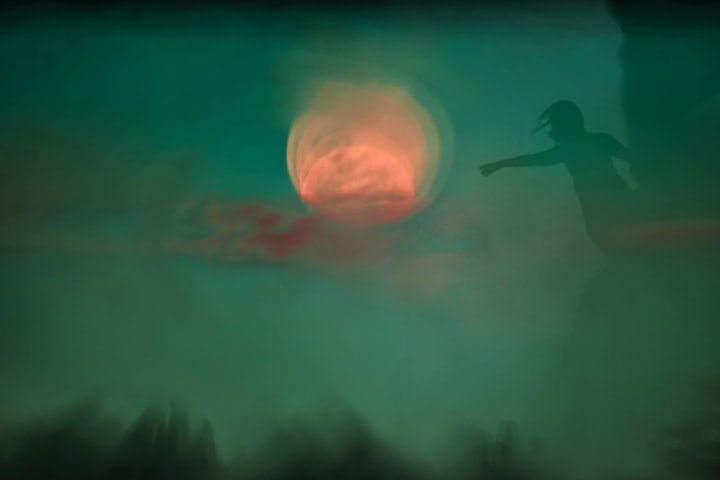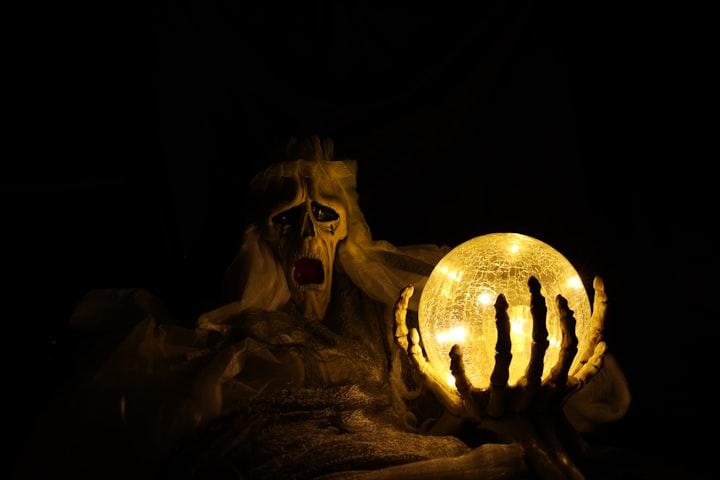"Werewolves Through Time: A Tale of Transformation"
"From Bedburg to Silver Screens, a Haunting Journey Through Centuries of Metamorphic Fear"
In the atmospheric embrace of the autumnal season in the year 1589, the quaint town of Bedburg, Germany, found itself thrust into the throes of a sensational and highly publicized trial that would carve its place in the annals of history. The central figure in this macabre drama was none other than Peter Stubbe, a man accused of a litany of horrifying crimes that cast a chilling pall over the community. The allegations ranged from the gruesome acts of murder and assault to the more sinister and supernatural charge of being a werewolf—a creature that, in the collective imagination, prowls the shadowy realms of our deepest fears.
As the townsfolk gathered to witness this eerie spectacle, the courtroom buzzed with an electric tension. It was in this charged atmosphere that Peter Stubbe, in a moment of spine-tingling confession, unfurled a tale that seemed to transcend the boundaries of the mundane and plunge into the abyss of the supernatural. He spoke of a diabolical pact forged with the very devil, an unholy alliance sealed through the exchange of a mystical girdle. According to Stubbe, this otherworldly artifact bestowed upon him the uncanny ability to undergo a grotesque metamorphosis, transforming into a ravenous wolf that roamed the moonlit landscape, leaving a trail of terror in its wake.
However, the lore of werewolves extends far beyond the chilling details of the Bedburg trial. It weaves a rich and captivating narrative through the tapestry of European literature and folklore, where the wolf, standing as nature's apex predator, reigns supreme, and the werewolf becomes a vessel for the evolving fears and biases of its time. In the early tales, these creatures are not mere malevolent entities; they are tragic figures, cursed beings yearning to break free from the shackles of their lupine existence. Consider the ancient Mesopotamian epic of Gilgamesh, where a lovelorn shepherd, captivated by the goddess Ishtar, finds himself transformed into a wolf—a poignant consequence of unrequited affection.
As the epochs unfold, werewolves assume multifaceted roles, embodying societal anxieties and forbidden desires. Darker facets of human nature, including taboos like cannibalism and murder, find expression in these tales. Greek mythology introduces us to King Lycaon, whose ill-fated attempt to deceive Zeus with the taste of human flesh results in a transformative punishment—a metamorphosis into a wolf. With the advent of Christianity and the spread of Catholicism, werewolves become enmeshed in notions of magic, sorcery, and pagan beliefs, paving the way for their persecution during the notorious witch trials of the 16th century.
Yet, as the 17th century dawns and the enlightenment of science and burgeoning psychological insights advance, belief in werewolves wanes, only to find resurgence in the gothic literature of the Victorian era. Here, the werewolf emerges as a symbol, a harbinger of moral and psychological decay. Consider George Reynolds's "Wagner the Wehrwolf," where the protagonist, in pursuit of the elixir of eternal youth, bargains with the devil, only to endure a ferocious monthly transformation into a howling beast.
The mid-20th century ushers in a new epoch for werewolves—the silver screen becomes their haunting domain. Here, they assume a modernized form, thanks to films like "Werewolf of London" (1935), where the notion of the curse being transmitted through bites and triggered by a full moon gains prominence. Silver, traditionally a symbol of purity, is cast as the weapon of choice against these supernatural entities, a motif solidified in the cinematic masterpiece "The Wolf Man" (1941), believed by scholars to be an allegory for the brutality of the Nazi regime.
Yet, the werewolf's cinematic odyssey doesn't stop there. The 1950s usher in a thematic shift as these creatures become symbols of male aggression and the tumultuous nature of adolescence. By the century's end, werewolves undergo a transformation of their own, with some films exploring themes of puberty from a distinctly feminist perspective.
The legend of the werewolf persists, adapting to the needs of its ever-evolving audience. As we venture into the future, it might be wise to stock up on silver, stick to the well-trodden path, and cast a wary eye at the moon, for the werewolf's haunting howl continues to echo through the corridors of time.







Comments (1)
Very interesting article. thanks for sharing